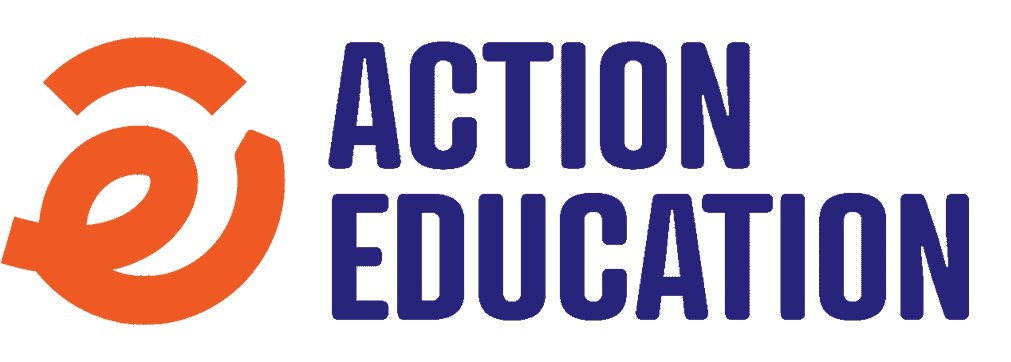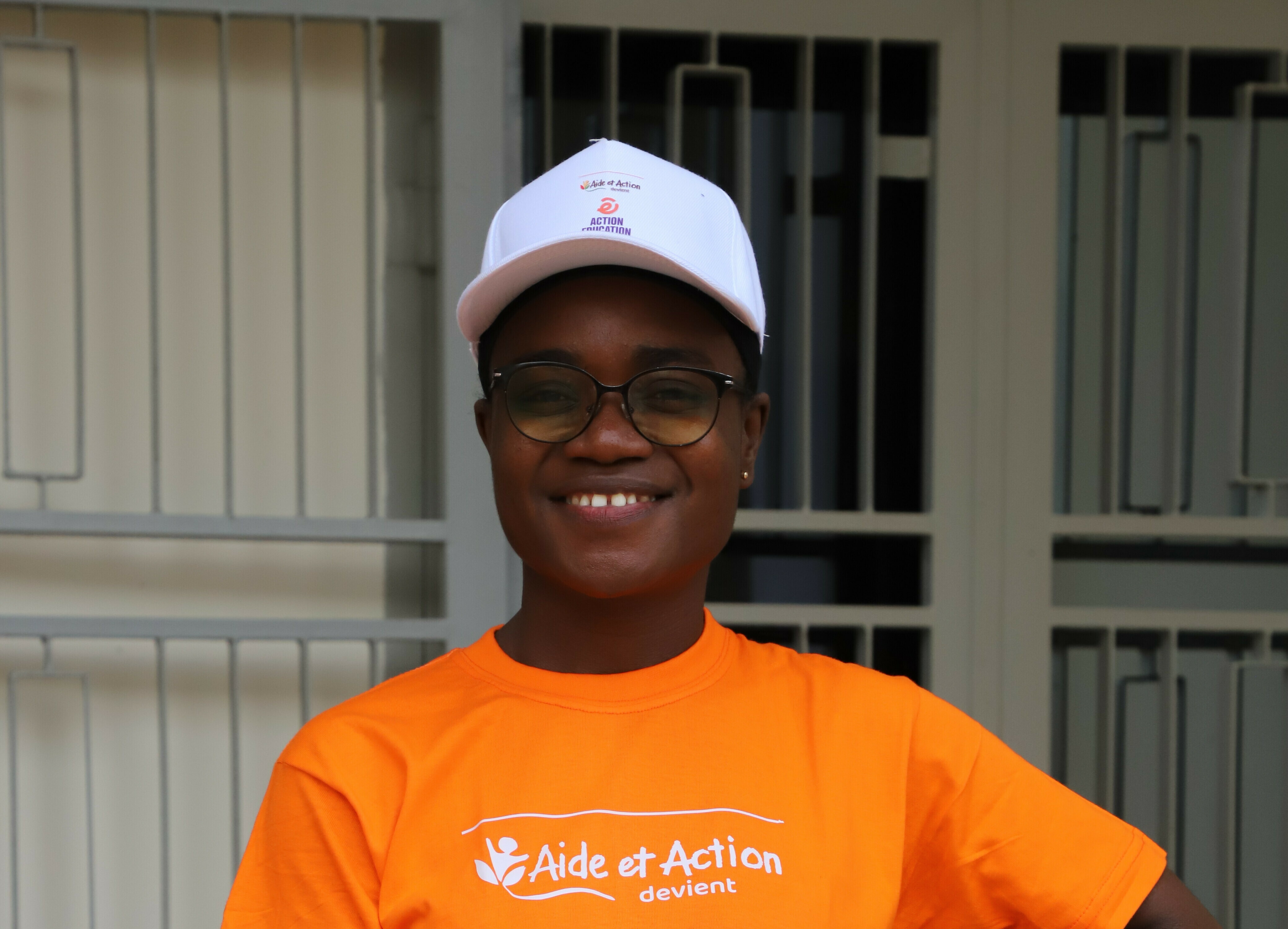Photo credit: Naïade Plante
For the first time in 20 years, child labour is on the rise in the world. While the predicted increase in poverty is likely to worsen the situation, Aide et Action calls on governments to take urgent measures, including free, public and quality education for all, to effectively fight against forced labour.
2021 was supposed to be the International Year for the Elimination of Child Labour. In fact, it will be remembered as the year when child labour increased for the first time in more than two decades. A report¹ revealed last year that the number of child labourers, which had been declining over the past two decades, had increased by 8.9 million in the past 4 years alone, from 152 to 160 million child labourers. Or 1 in 10 children in the world. The shock of such news should have had the effect of a wake-up call and forced governments and citizens to take their responsibilities and mobilise. But one year after this dramatic observation, the scourge of child labour continues to spread like an epidemic without any vaccine being on the agenda. However, child labour is not a fatality and very concrete solutions exist to remedy it.
A proven cause: extreme poverty
The main cause of child labour is extreme poverty. It forces poor families, often reluctantly, to put their children to work to improve their income. Over the last decade, the multiplication of economic crises, the aggravation of conflicts and the inefficiency of economic and social policies in many countries have led to an increase in the number of households living on less than $1.90 a day and, as a consequence, to an increase in child labour. The pandemic² COVID-19 and the social restraint measures, which led to a sharp slowdown in global growth, a drastic increase in unemployment and deprived millions of people of their livelihoods, dealt a fatal blow.
Covid-19: an aggravating factor
For the most vulnerable populations who have no access to social protection, the shock has been extremely violent. More than 200 million additional people have been pushed into extreme poverty as a result of the pandemic. And this number could reach 1 billion by 2050. In addition to the increase in poverty, families were also faced with the closure of schools. For several months, COVID-19 thus made children and young people more vulnerable to child labour. Faced with idle children, who did not even have distance learning, families saw their children as an opportunity to earn some money. Girls have been particularly prone to domestic work. As women were forced to stay at home, they took on an increasing number of cooking, housework and childcare tasks. Today, it is estimated that 24 million children and young people, including 11 million girls (UNESCO, 2020), will not return to school because of the increase in poverty linked to VCT-19. At present, despite repeated warnings from experts and international organisations, the number of children and young people who will not return to school is estimated at 24 million, including 11 million girls (UNESCO, 2020), only 3% of the stimulus packages were allocated to education. These and other children will therefore be deprived of education, forced into labour, and in turn enter a vicious cycle of extreme poverty with no way out. 9 million more children are likely to be pushed into labour by the end of 2022 because of the pandemic. There could be 46 million³ if they do not have access to essential social protection coverage. New economic crises, climatic disasters or pandemics are bound to push millions of people into ever more extreme poverty. This will result in more children being put to work in potentially degrading conditions, while many others may be forced into the worst forms of labour. This worst-case scenario can and must be avoided.
A disaster scenario to be avoided at all costs
"Living from fishing has become extremely difficult in the last three years. I used to be able to earn up to 25 dollars a day, now if I earn 10 to 12 dollars it's fine. There are days when I earn nothing. Our financial situation is dramatic. After school, my son collects empty cans to sell to earn a little money for school, but it's not enough anymore. Many children do this, so there is little to find and sell. says Kin Bun, 37, a fisherman in the village of Koh Kchorng, Cambodia. In order to face these dramatic situations, Aide et Action helps the most vulnerable populations to learn new means of subsistence to improve their income and offers school scholarships, paying for registration fees, uniforms, materials and even food, to keep children in school at all costs. But this will not be enough. Aide et Action therefore calls on governments to urgently recognize the magnitude of the problem and its consequences on millions of families and children and to implement, beyond legal and regulatory structures (minimum working age, working conditions, tools and mechanisms to control child labor), policies that provide families with activities that enable them to live decently without resorting to child labor, to implement universal social security coverage, and to multiply information campaigns to raise awareness on the dangers of child labor. Above all, governments must finally guarantee - as they have pledged to do at the United Nations in September 2015 Free, quality education for all children. By teaching all girls and boys to read, write and count, and by making them independent and enlightened citizens capable of obtaining decent paid work, it will convince families of the importance of education and protect them from the pitfalls of child labour.
¹ Child labour: Global estimates 2020, trends and the way forward, ILO and Unicef, 2021
² UNDP, 2022
³ Child labour: Global estimates 2020, trends and the way forward, ILO and Unicef, 2021



